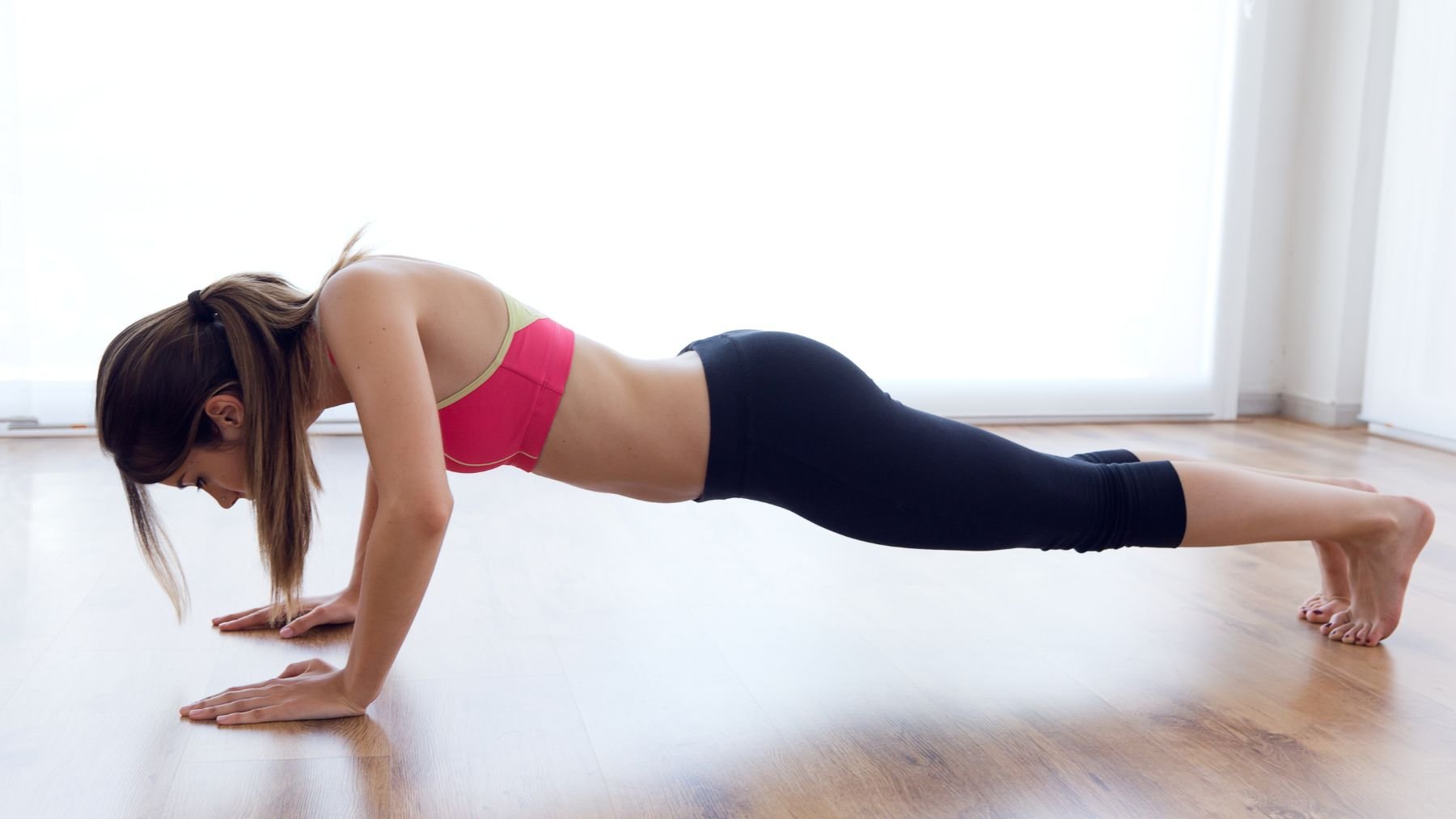Push-ups might seem simple, but when you load them with extra weight, they turn into a serious upper-body test. Fitness coach Sam Hopes, known for her calisthenics and strength training sessions, decided to take on that challenge — performing 70 weighted push-ups every day for seven days. What she discovered went beyond muscle fatigue; it reshaped the way she approaches form, balance, and endurance.
Hopes divided her total into seven sets of ten, resting between rounds and focusing on staying steady under pressure. What started as a weeklong experiment quickly became a lesson in how even small adjustments can transform a familiar exercise.
The experiment also revealed how much mental focus plays a role in push-ups. Keeping her form strict under load required concentration and patience, proving that weighted push-ups aren’t just about physical strength but also about discipline and consistency. Each set became a test of endurance for both body and mind, reinforcing how attention to detail affects results.
What happened after doing 70 weighted push-ups a day for a week
Weighted push-ups are exactly what they sound like — traditional push-ups with added resistance using a weight plate or vest. The extra load challenges the chest, shoulders, triceps, and core, helping to build strength and control.
In her case, Hopes used a 5-kilogram plate across her upper back. Ten reps that once felt easy suddenly became exhausting, and by the end of each set, her arms were trembling. To maintain form, she kept her elbows tucked, engaged her core, and monitored her posture closely in the mirror to avoid dropping her hips.
As the days went on, she noticed how much the exercise tested her endurance. She even added push-up bars to ease pressure on her wrists, which also increased her range of motion — and the challenge. To avoid overworking her chest, she paired the push-ups with back exercises for balance.
The results: strength, form, and a new respect for basics
After seven days of weighted push-ups, Hopes felt the difference. Her arms, shoulders, and chest were stronger and more responsive, even though her appearance didn’t change dramatically — a reminder that visible results take time.
More importantly, her form and awareness improved. Each rep forced her to move slower and with more control. When she returned to regular push-ups afterward, they felt almost effortless by comparison.
For Hopes, mastering bodyweight basics like push-ups, pull-ups, and squats is the foundation of true strength. Weighted versions can come later, once the movement pattern feels solid. Done correctly, they can help boost overall pushing power and even improve performance in other lifts like the bench press.
She also reflected on recovery and pacing. Even with just one week of added weight, listening to the body, taking adequate rest, and maintaining consistent form were critical to avoid strain or injury. This insight reinforced how crucial it is to progress gradually rather than rushing into heavier loads.
By the end of her weeklong experiment, Sam Hopes hadn’t just trained her muscles — she trained her focus. The real progress, she found, comes from paying attention to every rep and respecting the fundamentals.

